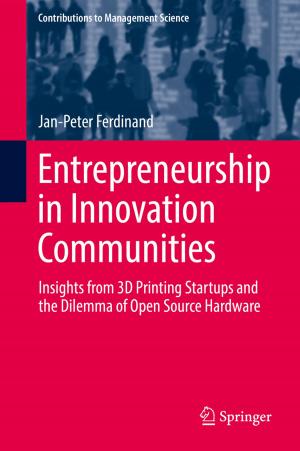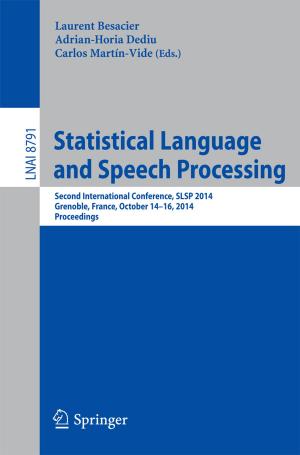Data Mining and Constraint Programming
Foundations of a Cross-Disciplinary Approach
Nonfiction, Computers, Advanced Computing, Artificial Intelligence, Information Technology, General Computing| Author: | ISBN: | 9783319501376 | |
| Publisher: | Springer International Publishing | Publication: | December 1, 2016 |
| Imprint: | Springer | Language: | English |
| Author: | |
| ISBN: | 9783319501376 |
| Publisher: | Springer International Publishing |
| Publication: | December 1, 2016 |
| Imprint: | Springer |
| Language: | English |
A successful integration of constraint programming and data mining has the potential to lead to a new ICT paradigm with far reaching implications. It could change the face of data mining and machine learning, as well as constraint programming technology. It would not only allow one to use data mining techniques in constraint programming to identify and update constraints and optimization criteria, but also to employ constraints and criteria in data mining and machine learning in order to discover models compatible with prior knowledge.
This book reports on some key results obtained on this integrated and cross- disciplinary approach within the European FP7 FET Open project no. 284715 on “Inductive Constraint Programming” and a number of associated workshops and Dagstuhl seminars. The book is structured in five parts: background; learning to model; learning to solve; constraint programming for data mining; and showcases.
A successful integration of constraint programming and data mining has the potential to lead to a new ICT paradigm with far reaching implications. It could change the face of data mining and machine learning, as well as constraint programming technology. It would not only allow one to use data mining techniques in constraint programming to identify and update constraints and optimization criteria, but also to employ constraints and criteria in data mining and machine learning in order to discover models compatible with prior knowledge.
This book reports on some key results obtained on this integrated and cross- disciplinary approach within the European FP7 FET Open project no. 284715 on “Inductive Constraint Programming” and a number of associated workshops and Dagstuhl seminars. The book is structured in five parts: background; learning to model; learning to solve; constraint programming for data mining; and showcases.















